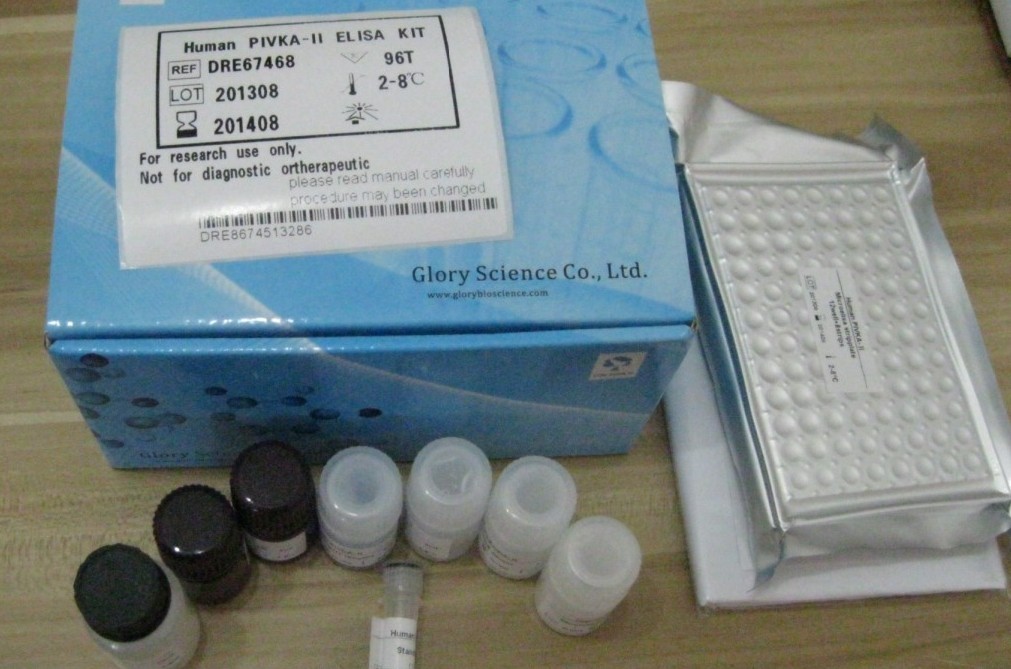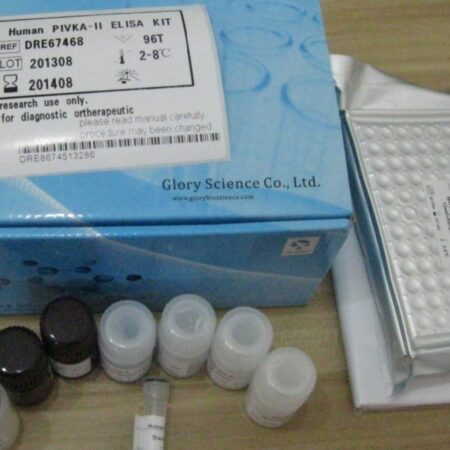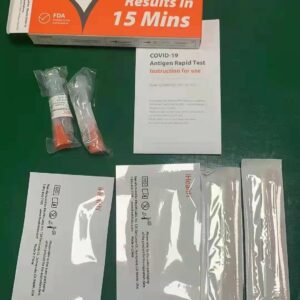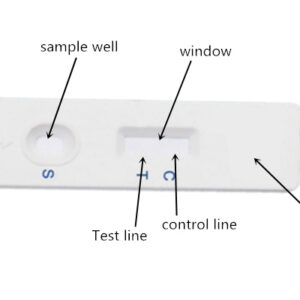Description
Detection principle
Principle of the kit: Two highly specific and sensitive HCG monoclonal antibodies/HCG antigens, of which HCG monoclonal antibody I and HCG antigen are coated on the detection area on the membrane, and the junction between the lower edge of the NC membrane and the sample pad is coated Fluorescence-labeled monoclonal antibody II, the quality control area is coated with rabbit anti-mouse IgG antibody. After the sample is added to the reagent strip, the analyte moves through chromatography and forms a fluorescent-labeled double antibody sandwich compound with the coated antibody in the detection area The analyte competes with the coated antigen for binding to fluorescently labeled antibodies. The double-antibody sandwich method and competition method are respectively applied in the detection area, and the antigen-antibody reaction is applied in the quality control area, combined with fluorescence immunochromatographic technology to quantitatively detect human blood. The content of HCG and β-HCG.
The working principle of the supporting instrument: The measuring system of the instrument automatically performs the detection of the binding area of the label and the analyte on the test card after the reaction.
Scan to obtain optical signal. Then the optical signal is measured and analyzed, and the concentration of the measured substance is obtained quantitatively.
Specification: 25T
Kit composition
Chorionic gonadotropin and β subunit test card (dry immunofluorescence method)
manual
straw
SD card
Buffer
Storage and validity period
The test card is stored in a sealed state at 4~30°C, and the validity period is 18 months.
Sample requirements
- For human serum, plasma or whole blood samples, other body fluids and samples may not get accurate results.
- The venous blood should be collected under aseptic conditions. It is recommended to use human serum or plasma for testing.
- Blood and whole blood samples can use heparin, EDTA or sodium citrate anticoagulant.
- After clinical blood samples are collected, the test must be completed within 4 hours at room temperature; serum plasma can be stored at 2-8°C for 5 days; stored below -20°C for 6 months. Whole blood samples should not be frozen, stored at 2~8°C, and can be stored for 3 days. Avoid heating and inactivating samples, and hemolyzed samples should be discarded.
- The sample must be returned to room temperature before testing. The frozen samples must be completely thawed, rewarmed, and evenly mixed before use.
Avoid repeated freezing and thawing. It is recommended that the sample be frozen and thawed no more than once.
Testing method
Before using this reagent, you must read the instructions of the reagents carefully, and perform the shut-off operation strictly in accordance with the instructions of the reagents, otherwise reliable results cannot be guaranteed.
- Preparation
Return the test card, sample, and buffer to room temperature (15~30 °C) before testing. It is recommended to unpack the test card after returning to room temperature and use it as soon as possible within the validity period to prevent the test card from getting wet.
- Calibration
Confirm that the batch number of the SD card matches the test card, perform SD card calibration, and calibrate the instrument parameters (see the instrument manual for details).
- Sample addition method and detection
①According to the type of sample, select the sample mode on the analyzer: “serum/plasma” mode or “whole blood” mode.
- Serum and plasma: draw 100ul of serum or plasma sample, drop it vertically to the sample point of the test card, and start timing.
- Whole blood: draw 100 ul whole blood sample, drop it vertically to the sample point of the test card, immediately add a drop of whole blood buffer (20ul-30ul) to the sample point, and start timing.
②After 10 minutes, insert the test card into the carrier of the fluorescence immunoassay analyzer, press the “measure” button, the instrument will automatically detect and print the results.
Positive judgment value or reference interval
The statistical analysis of serum samples of 351 healthy, non-pregnant, and premenopausal pregnant women showed that the 97.5th percentile of the upper limit of the reference interval was 5.1 mIU/mL. The statistical analysis of the results of serum samples of 392 healthy and postmenopausal pregnant women showed that the upper limit of the reference interval Take the 97.5th percentile at 7.0mIU/mL.
The upper limit of the reference interval for plasma and whole blood samples is the same as the upper limit of the reference interval for serum samples.
Each laboratory shall determine the applicability of the reference interval through experiments, and establish the reference interval of the laboratory when necessary.
Interpretation of test results
Use a fluorescent immunoquantitative analyzer to analyze the test card after the reaction and issue the test result.
The detection range of the kit is 5.0mlU/ml-100000.0mIU/ml. The sample test result below the lower limit of the detection range is recorded as <5.0 mIU/ml, and the sample above the upper limit of the detection range is recorded as >100000.0mIU/ml.
When the sample concentration exceeds the upper limit of detection, the sample should be diluted with negative samples or calf serum, and the maximum dilution factor is 4 times.
Limitations of the test method
- This kit is limited to in vitro diagnostic use.
- The hemoglobin, triglycerides, bilirubin, rheumatoid factor, human anti-mouse antibody, and biotin in the sample will interfere with the test results. The maximum allowable concentrations are hemoglobin 5g/L and triglycerides 25g/L. , Bilirubin 0.1g/L, Rheumatoid factor 3000 IU/mL, Human anti-mouse antibody 120g/L, Biotin 80ng/ml.
- The test results of this kit are for clinical reference only, and cannot be used alone as a basis for confirming diagnosis or exclusion of cases. In order to achieve the purpose of diagnosis, the test results should be used in conjunction with clinical examination, medical history and other examination results.
Product performance
- The lowest detection limit: no more than 5.0mIU/ml.
- Linear range: 5.0mIU/ml-100000.OmIU/ml, the linear correlation coefficient is 0.990.
- Precision: Repeatability: Randomly sample the same batch of reagents, the detection concentration is (25.0±5.0)mIU/ml, (200.0±40.0)mIU/ml quality control products, each concentration is repeated 10 times, the repeatability is ≤ 10%.
Randomly sample the same batch of reagents, the detection concentration is (80000.0±16000.0) mIU/ml quality control product, each concentration is repeated 10 times, and the repeatability is ≤15%. Difference between batches: CV≤15%.
- Accuracy (relative deviation): the relative deviation is not more than ±20%.
- Specificity: Follicle-stimulating hormone (FSH) with a concentration of not less than 200IU/L, luteinizing hormone (LH) with 200IU/L and thyroid-stimulating hormone (TSH) with 200mlU/L are detected. It is at the lowest detection limit of this kit.
Precautions
- The straws cannot be mixed to avoid cross-contamination.
- After the test card is opened, the test should be carried out as soon as possible to avoid leaving it in the air for too long, which may cause moisture.
- The test card can be sealed and stored at room temperature. Beware of moisture. The test card stored at low temperature should be equilibrated to room temperature before use.
- This product contains animal-derived ingredients (such as antibodies). Please wear gloves during use to avoid direct skin contact with test strips.
- For those substances that contain the source of infection or suspected of containing the source of infection, there should be appropriate biosafety assurance procedures. The following are relevant precautions:
☆Wear gloves to handle samples or disinfect reagents.
☆ Use disinfectant to disinfect the spilled samples or reagents.
☆Disinfect and dispose of all specimens, reagents and potential contaminants in accordance with relevant local regulations.



